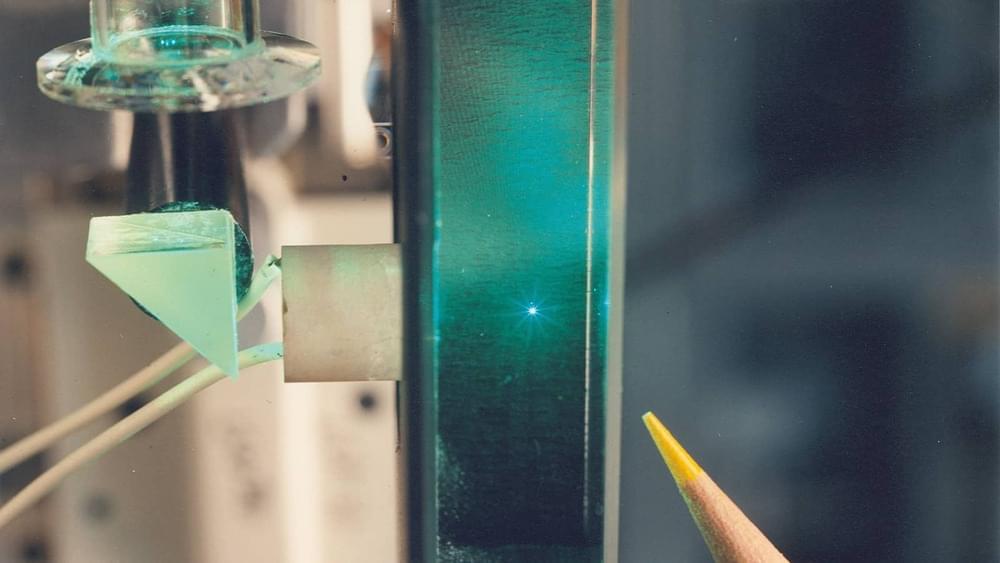Energy storing building materials could make on-demand power from renewables affordable worldwide.



Experimental studies of microbial evolution have largely focused on monocultures of model organisms, but most microbes live in communities where interactions with other species may impact rates and modes of evolution. Using the cheese rind model microbial community, we determined how species interactions shape the evolution of the widespread food-and animal-associated bacterium Staphylococcus xylosus. We evolved S. xylosus for 450 generations alone or in co-culture with one of three microbes: the yeast Debaryomyces hansenii, the bacterium Brevibacterium aurantiacum, and the mold Penicillium solitum. We used the frequency of colony morphology mutants (pigment and colony texture phenotypes) and whole-genome sequencing of isolates to quantify phenotypic and genomic evolution. The yeast D. hansenii strongly promoted diversification of S. xylosus.

Separation processes are essential in the purification and concentration of a target molecule during water purification, removal of pollutants, and heat pumping, accounting for 10–15% of global energy consumption. To make the separation processes more energy efficient, improvement in the design of porous materials is necessary. This could drastically reduce energy costs by about 40–70%. The primary approach to improving the separation performance is to precisely control the pore structure.
In this regard, porous carbon materials offer a distinct advantage as they are composed of only one type of atom and have been well-used for separation processes. They have large pore volumes and surface areas, providing high performance in gas separation, water purification, and storage. However, pore structures generally have high heterogeneity with low designability. This poses various challenges, limiting the applicability of carbon materials in separation and storage.
Now, a team of researchers from Japan, led by Associate Professor Tomonori Ohba from Chiba University and including master’s students, Mr. Kai Haraguchi and Mr. Sogo Iwakami, has fabricated fullerene-pillared porous graphene (FPPG)—a carbon composite comprising nanocarbons—using a bottom-up approach with highly designable and controllable pore structures.

So why not break the AI apart?
In a new study published in PNAS, the team took a page from cognitive neuroscience and built a modular AI agent.
The idea is seemingly simple. Rather than a monolithic AI—a single network that encompasses the entire “self”—the team constructed a modular agent, each part with its own “motivation” and goals but commanding a single “body.” Like a democratic society, the AI system argues within itself to decide on the best response, where the action most likely to yield the largest winning outcome guides its next step.

The transition to chaos is ubiquitous in nonlinear systems. Continuous-wave-driven photonic-chip-based Kerr microresonators exhibit spatiotemporal chaos, also known as chaotic modulation instability.
For more than fifteen years such modulation instability states have been considered impractical for applications compared to their coherent-light-state counterparts, such as soliton states. The latter have been the centerpiece for numerous high-profile application demonstrations, from long-range optical communication to photonic computing.
Now, researchers from the group of Tobias Kippenberg at EPFL have found a new way to harness the unique features of chaotic frequency combs to implement unambiguous and interference-immune massively parallel laser ranging by utilizing the intrinsic random amplitude and phase modulation of the chaotic comb lines.

Images of thousands of Purkinje cells reveal that almost all human cells have multiple primary dendrites. These structures, when observed in mice, facilitate connections with multiple climbing fibers originating from the brain stem.
In 1906, the Spanish researcher Santiago Ramón y Cajal received the Nobel Prize for his trailblazing exploration of the microscopic structures of the brain. His renowned illustrations of Purkinje cells within the cerebellum depict a forest of neuron structures, with multiple large branches sprouting from the cell body and splitting into beautiful, leaf-like patterns.
Despite these early portrayals showing multiple dendrites branching out from the cell body, the enduring consensus among neuroscientists is that Purkinje cells possess only a single main dendrite that forms a connection with a lone climbing fiber originating from the brain stem. However, a recent study from the University of Chicago, recently published in the journal Science, reveals that Cajal’s sketches were indeed accurate — practically all Purkinje cells in the human cerebellum have multiple primary dendrites.



